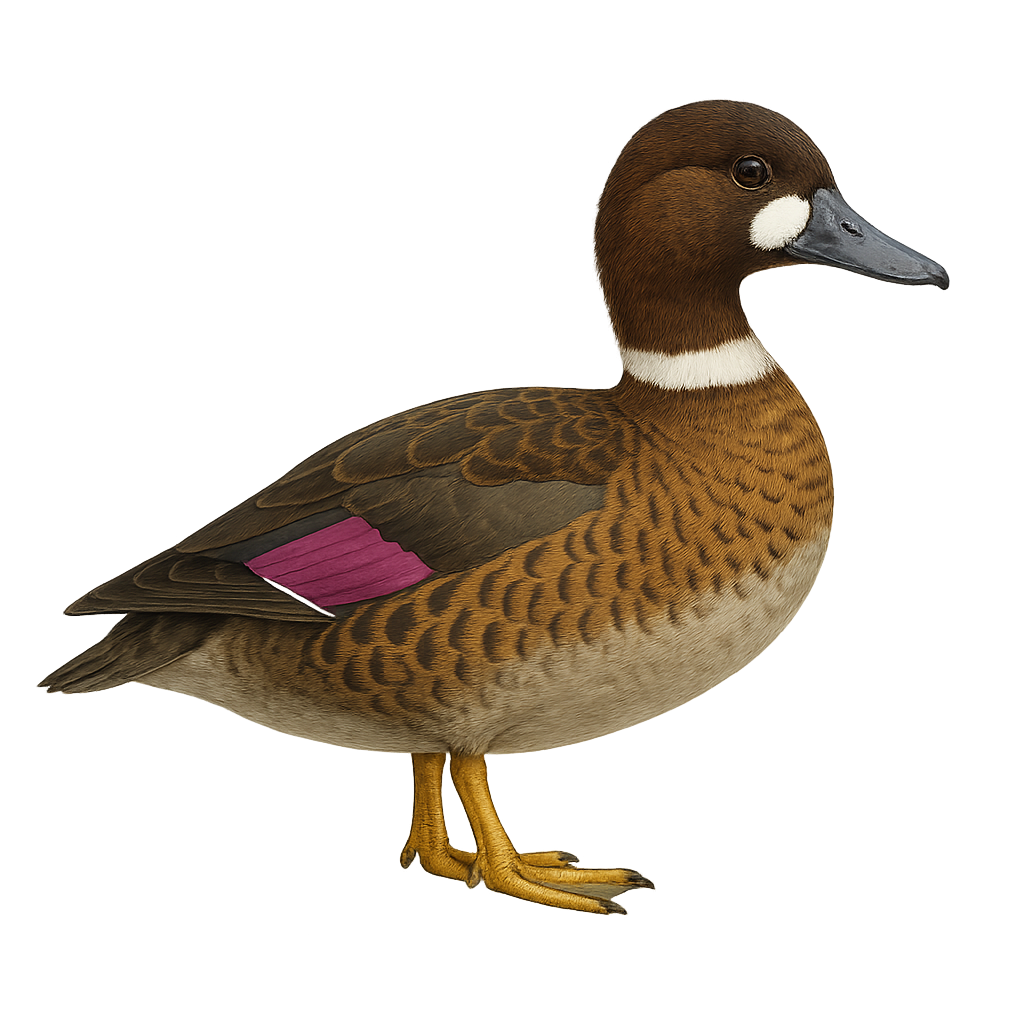Your wildlife photography guide.
Explore the spectacled duck in detail, study its behavior, prepare your shots.
Where to observe and photograph the spectacled duck in the wild
Learn where and when to spot the spectacled duck in the wild, how to identify the species based on distinctive features, and what natural environments it inhabits. The WildlifePhotographer app offers tailored photography tips that reflect the spectacled duck’s behavior, helping you capture better wildlife images. Explore the full species profile for key information including description, habitat, active periods, and approach techniques.
Spectacled Duck
Scientific name: Speculanas specularis

IUCN Status: Least Concern
Family: ANATIDAE
Group: Birds
Sensitivity to human approach: Suspicious
Minimum approach distance: 10 m
Courtship display: October to December
Incubation: 27-30 jours
Hatchings: October to January
Habitat:
lakes, rivers, marshes
Activity period :
Primarily active during the day, with peak activity in the morning and late afternoon.
Identification and description:
The Spectacled Duck, or Speculanas specularis, is a waterfowl species native to the southern regions of South America, primarily in Chile and Argentina. This duck is characterized by its dark brown plumage with metallic green sheen on the wings and a distinctive white ring around its eyes, giving it its name. It inhabits lakes, rivers, and marshes, often at high altitudes. Although relatively tolerant, it remains cautious around humans. Its population is stable, but it is sensitive to habitat disturbances. The Spectacled Duck is an excellent diver, feeding mainly on aquatic plants and invertebrates.
Recommended lens:
400mm – adjust based on distance, desired framing (portrait or habitat), and approach conditions.
Photography tips:
To photograph the Spectacled Duck, aim for early morning or late afternoon to take advantage of soft lighting. Use a telephoto lens of 400mm or more to capture details without disturbing the bird. Maintain a distance of at least 10 m to avoid scaring it. A tripod can be useful for stabilizing your camera, especially if using slower shutter speeds. Be patient and wait for the duck to move naturally in its habitat to get authentic shots.
The WildlifePhotographer App is coming soon!
Be the first to explore the best nature spots, track rutting seasons, log your observations, and observe more wildlife.
Already 1 432 wildlife lovers subscribed worldwide

